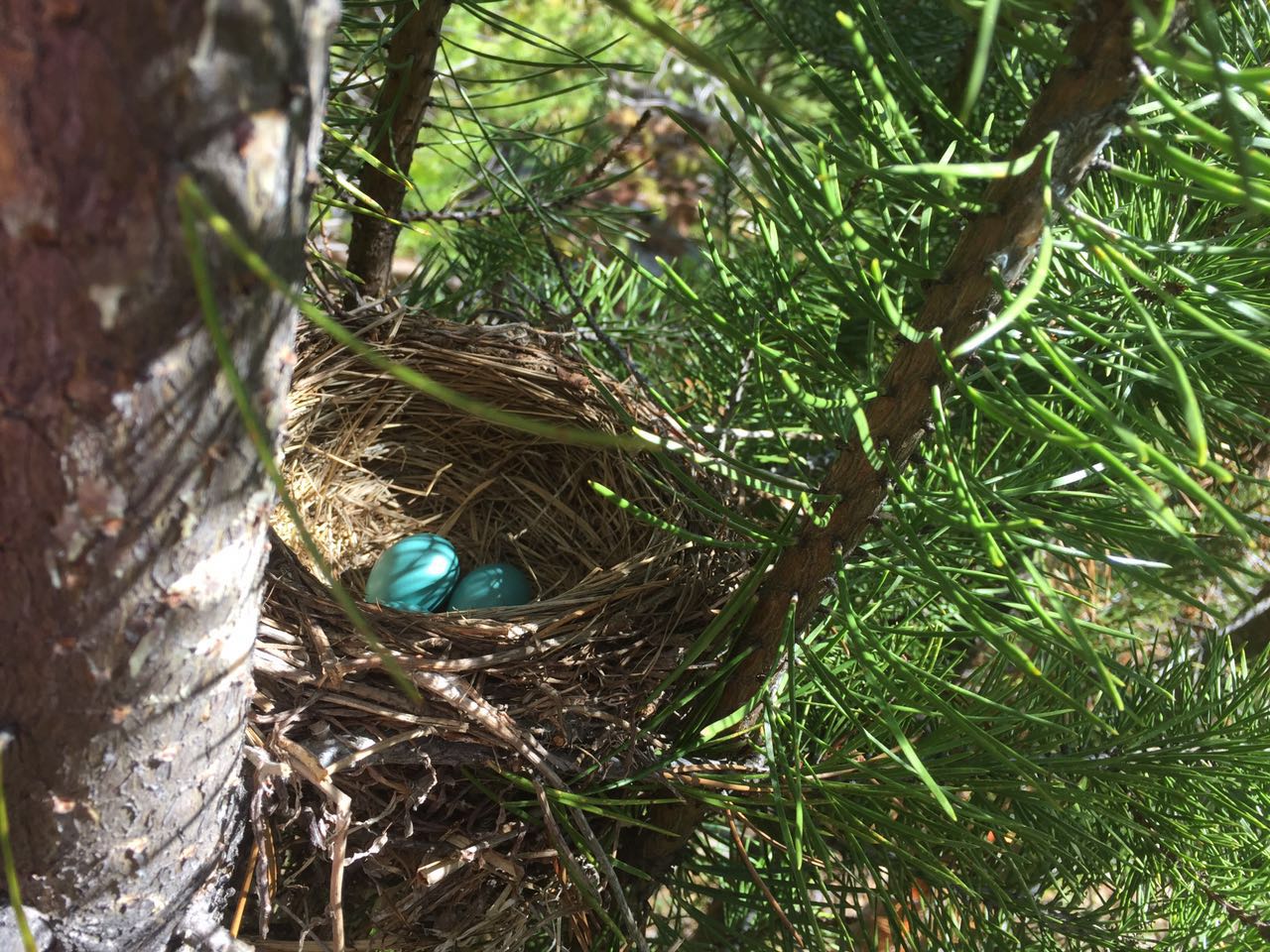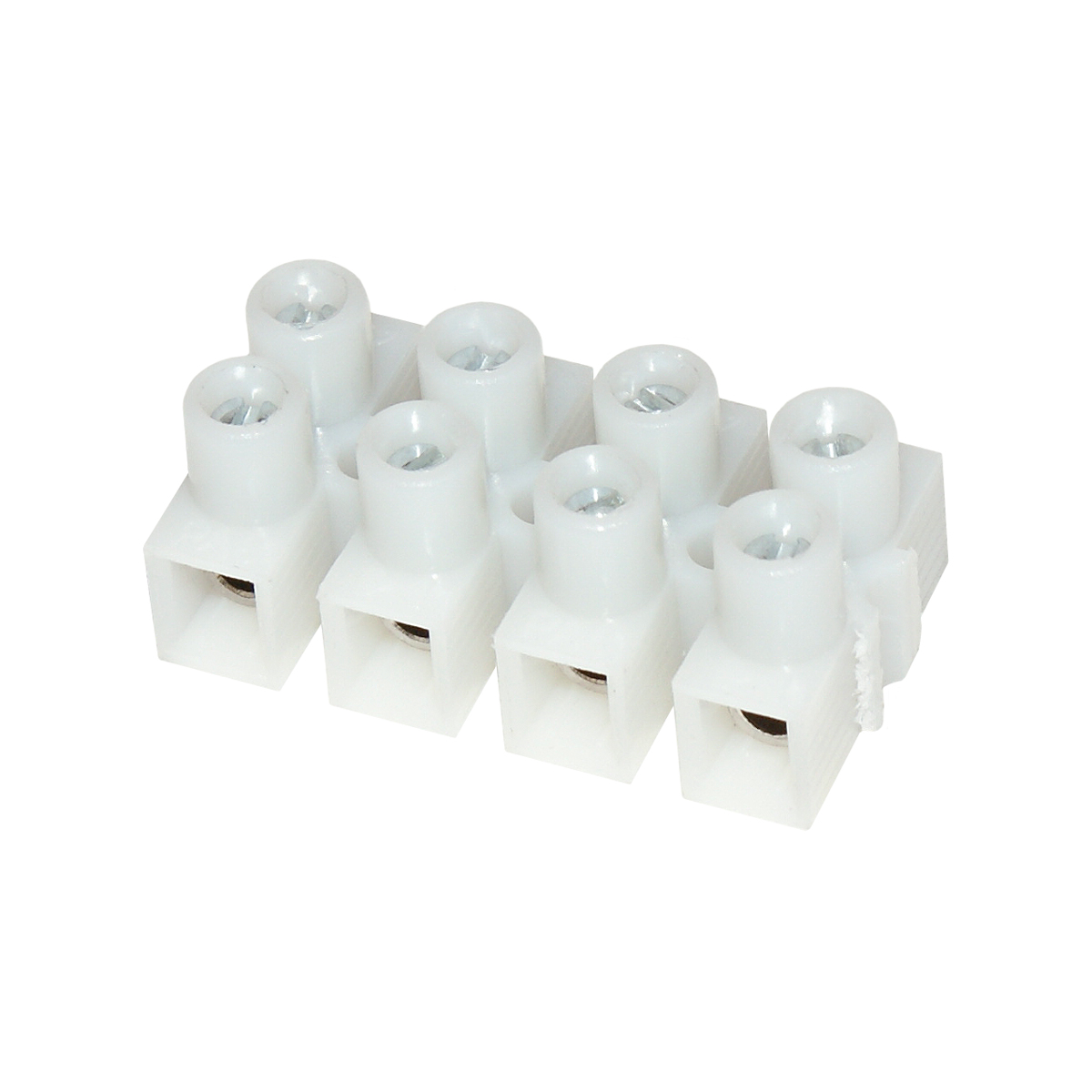Two weeks ago, John and I went to Upper Penticton Watershed to check for the site. We figured out that snow almost disappeared there, but part of the road on the way was covered by snow. Due to snow melting, the road was quite soft, moisture and muddy, thus our truck could not be able to drive on it. However, we speculated that two weeks later the road would be dry up completely according to the abruptly increasing temperature in Kelowna, and we would reinstall the equipment then.
The equipment that we planted to reinstall were: a XM1000 datalogger (Dynamax) with a modified multiplexer for EC-5 soil moisture (Decagon) and self-made tree band dandrometers (for measuring tree basal area increment), 15 band dandrometer sensors (linear position sensors, BEI sensors), and all wire connections on the field including solar panel and battery.
Before going to the field, it is better to make some preparations. since wire connection would be tedious and time-consuming, and easier in the lab than in the field, stripping the wires was the most important preparation this time. I did it in my lab, with around 40 minutes for 15 band dandrometer sensors (60 wires). I took the picture of what i have done. It is quite easy.
Fig. 1 Wire preparation in the labs
The second preparation was make sure that wire connectors is enough. Since I didn’t have enough connectors, I went to tool stores to buy it. I checked for Home Depot and Canadian Tire, but I couldn’t be able to find wire connectors. So I went to Interior Electronics instead. In that store, I also asked if there were some types of connectors that would be easy to disconnect and connect easily, because I will cut the wires and take my sensors back during the winter in which the temperature will be too cold for the sensor. I got a suggest of using a detachable wire connector, which is not much more expensive than what I planed to buy. So I bought both.
Fig. 2 Non-detachable connectors (left) and detachable connectors (right).
Third, I need to consider water-proof protection after wires are connected. I prepared enough junction boxes for keeping wires from rain and insect bites.
Fig. 3 Junction boxes I put on the desk in my lab.
I also prepared the tools that we might use, like various types of scissor, knife, screwdrivers, pliers, tapes, and extra wires. I believed that a good preparation makes a good start, and well begun is half done!
On June, 09, 2017 at 8:00 am, John, Dr. Wu and I headed to the experimental site! Excited! Dr. Wu is a visiting professor from China and just arrived in Canada a few days ago. It was the first time that he went to my site. I couldn’t wait to receive his opinions and suggestions on my research!
On our way to the site, we found that all snows were gone, and soils was dry. Our truck could easily drive to the destination. Standing among the trees, with cool breezes in the sunny, blue sky was so beautiful, but only one deficiency is that the weather was still a little cold (around 7 to 10 ℃), as the elevation is above 1600 m asl.
Fig. 4 Site condition at June, 09, 2017
Dr. Wu showed a strong curiosity on my site, and helped me measure sampled tree height and DBH of Block 1 with John, while I was focused on connecting band dandrometer sensors. Connecting those wires took longer time than I expected. So after Dr.Wu and John finished measurement, they came and helped me connect the wire as well. Around 1:30 pm, we succeed in connecting all the band dendrometer sensors. However, I didn’t use the junction box, because it would be more easy and saving time to use water-proof plastic tapes wrapping around the connectors to protect it.
Fig.5 Band dendrometer sensor connection.
After lunch, we started to install datalogger. It was may more simple than wire connections. Then, we connected datalogger with solar panel and battery. The datalogger started working. While the datalogger was collecting data, I went to each trees to check the band dendrometer in the right position, and download the data from climate station. Dr. Wu and John was making protections for wires and datalogger.
Later, I connected datalogger with my laptop to download the data. The datalogger worked well, but data indicted that No.3 trees has not been connected to the datalogger, and No.10, 15 trees gave some erratic data. Band dandrometers and soil moisture also gave signals, but right now it was hard to tell if they worked fine. So after we checking for the connections again to make sure everything was connected correctly, we decided to let the equipment work for a while and we would examine the data next week.
At around 5:30 pm, we went back home. Overall it was a fullfillment field trip, we set up everything! Yay!!!
Fig .6 It was hard to take a selfie in the field!!!
Extra bonus: Dr. Wu found a bird nest with two blue eggs. Guess whose eggs are them? ;p



Wow this is nice article
One of the standout features of slope is that each session presents a unique track, thanks to its randomly generated obstacles and paths. This means that no two runs are ever the same, keeping the game fresh and unpredictable
It must have been such a fulfilling experience getting everything set up. I had a similar sense of excitement during my recent NYC walking tour with Vibe NYC Tours , there’s something special about exploring new places and soaking in the surroundings. Nature and city life both have their unique charm! Keep up the great work!
Do these blue eggs belong to starlings? Just guess.
Thank you very much. papa’s games
Gambling can involve slot machines, card games, sports betting, or lotteries, each appealing to different players. Platforms like https://elevonorge.no help create safe online spaces, guaranteeing fair play while encouraging responsible gaming habits and preventing harmful effects such as debt or addiction.
Space Waves is my entertainment website. Thank you for your interest in learning more or offering recommendations for improvement.
Great detailed account of field equipment installation! The preparations and problem-solving approach show good research practices. Hope the data collection goes well with those sensors.
Great fieldwork prep! Smart move using detachable connectors for winter. Interesting how weather impacted your timeline. Hope the sensors provide solid data. Dr. Wu’s involvement sounds valuable. That blue egg mystery though! ????
Great fieldwork prep! Smart move with detachable connectors for winter. The site conditions improved as predicted, and teamwork made sensor setup smoother. Minor data glitches happen—hope next week’s check goes well. Love the bird nest detail!
Great update! It’s impressive how thorough your prep was, especially with the wire connections and choosing the right connectors. It must have been exciting to finally get to the site and see everything coming together. Hopefully, the sensor., waiting for my friend